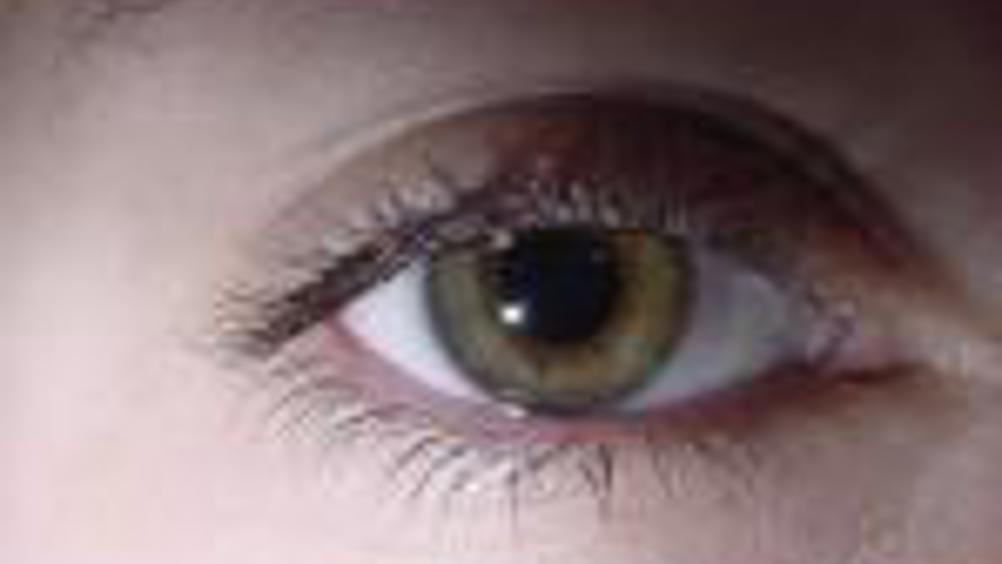Light at the end for tunnel vision

Scientists at
In their studies using the device, the research team saw a significant increase in the effectiveness and speed with which visually impaired individuals found objects. This device, which combines a tiny camera, pocket-sized computer and transparent computer display on a pair of glasses, may offer the most effective assistance to date for sufferers.
Residual tunnel vision occurs when peripheral or side vision is destroyed by disease, leaving only a small window of central vision. Tunnel vision can often cause the individual to bump into or trip over obstacles.
Glasses that act as reverse binoculars, miniaturising and pulling in the missing parts of their visual field, were tried in the past, but make things so small that detailed visual information is sacrificed.
Register now to continue reading
Thanks for visiting The Engineer. You’ve now reached your monthly limit of news stories. Register for free to unlock unlimited access to all of our news coverage, as well as premium content including opinion, in-depth features and special reports.
Benefits of registering
-
In-depth insights and coverage of key emerging trends
-
Unrestricted access to special reports throughout the year
-
Daily technology news delivered straight to your inbox










National Gas receives funding to develop Gravitricity underground hydrogen storage system
One single rock salt mine - Winsford - has 23 <i>MILLION </i>cubic metres of void and even allowing for 10% of that void set aside for hazardous waste...